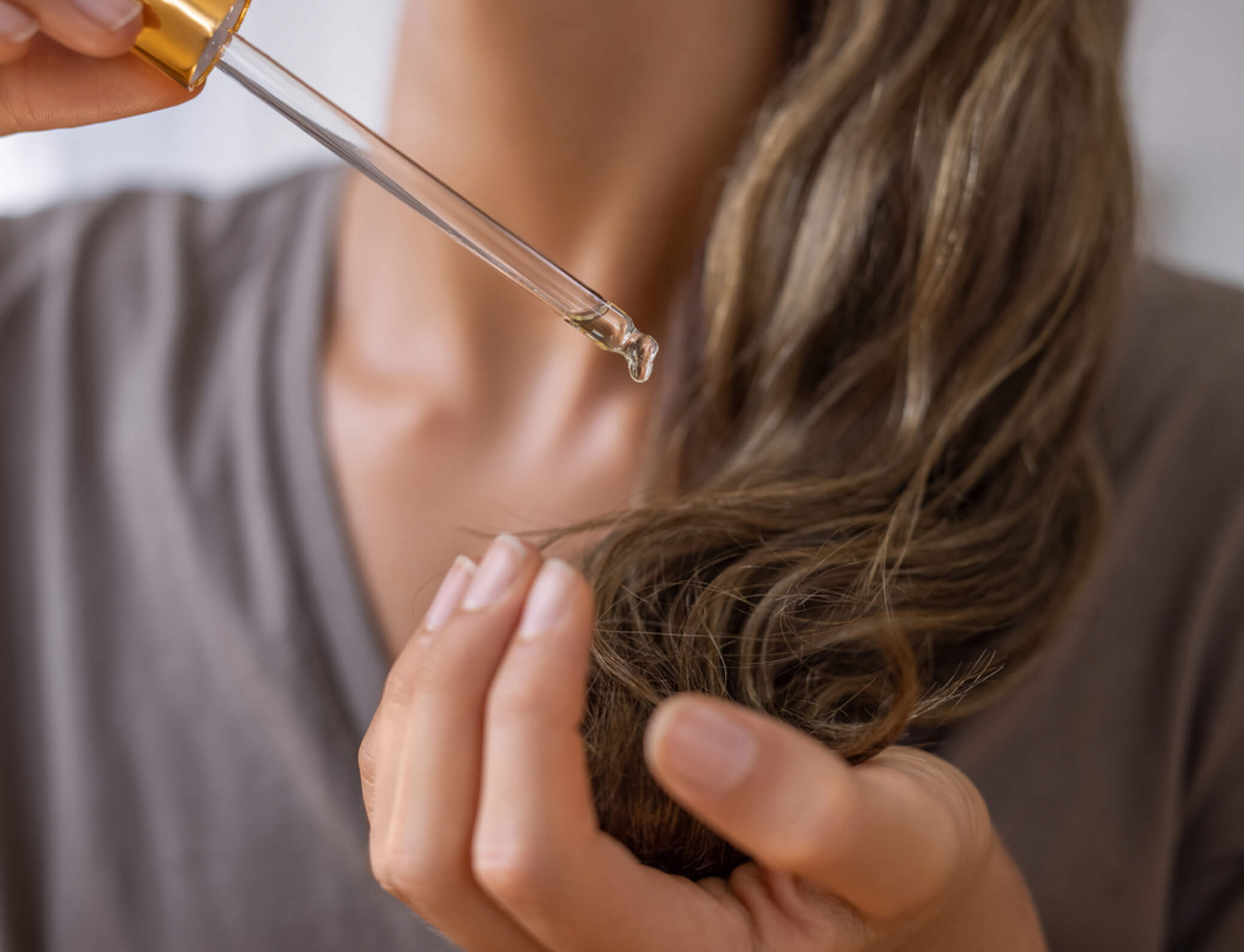Chemicals in Home Hair Care Products Raise Concerns About Inhalation, Air Quality
Editors carefully fact-check all Drugwatch.com content for accuracy and quality.
Drugwatch.com has a stringent fact-checking process. It starts with our strict sourcing guidelines.
We only gather information from credible sources. This includes peer-reviewed medical journals, reputable media outlets, government reports, court records and interviews with qualified experts.

A newly published study by Purdue University researchers on hair care chemicals found that people can inhale a surprising amount of chemicals during a typical at-home hair styling session. The most abundant chemical inhaled — and the one causing the greatest health concerns — is restricted in the European Union but not in the U.S.
That chemical is called D5 siloxane, or decamethylcyclopentasiloxane, and is widely used in hair care products. Known for its thermal stability and smooth texture, it can also vaporize easily and be breathed in.
“We found the results to be extremely alarming,” Nusrat Jung, assistant professor in the Lyles School of Civil Engineering at Purdue University, said in a statement on Purdue’s website. “We did not expect to see such significant emissions of volatile chemical mixtures from off-the-shelf hair care products during typical hair care routines that many people perform each and every day.”
In a single styling session, researchers found, people could potentially inhale between 1 and 17 milligrams of harmful chemicals. When heat is applied to the D5 chemical, it can further release toxins in the air by up to 310%.
Chemical Restricted in EU Hair Care Products
In 2015, the EU’s Scientific Committee on Consumer Safety declared D5 a potential toxin and banned its use in hair styling aerosols.
According to a 2015 opinion by the EU’s Scientific Committee on Consumer Safety, “Exposure to D5 coming from hair styling spray products also triggers high levels of aggregated exposure which may also lead to concentrations in the air above the value considered safe by the SCCS.”
But the chemical is not regulated in the U.S. and, as Purdue researchers found, has become nearly ubiquitous in hair care products.
“D5 siloxane has been found to lead to adverse effects on the respiratory tract, liver and nervous system of laboratory animals,” Jung said. “The use of the chemical in wash-off cosmetic products has already been restricted in the European Union because of this. Many of these products are scented, too, and some of the chemicals used to make these fragrances are potentially dangerous to inhale as well.”
Researchers set up a tiny-house-turned-laboratory and invited participants to perform their normal hair care routines with their products and styling tools. When they finished, the participants had two minutes to vacate the lab.
A specialized machine monitored indoor volatile organic compound concentrations from styling products second-by-second. This detailed analysis revealed that users were not only exposed to inhalation risks but it spread into the air as well.
“The best solution is to simply not use these products,” Jung said. “I used to use similar products myself to straighten my hair, but after we analyzed the data, it became immediately clear that the best thing I could do to protect my own health was to stop using them.”
If a person must continue using these chair products, researchers recommend using an exhaust fan to minimize the amount of chemicals in the air. However, that can further spread the chemical into the environment.
In the EU, D5 siloxane is classified as “very persistent, very bioaccumulative,” meaning it can accumulate in the body. There is little information studied on what the future impacts on humans might be.
More Hair Care Products Under Scrutiny
A 2022 study by the National Institutes of Health discovered that women who used chemical hair straighteners were at greater risk of developing uterine cancer. An earlier study found a link between chemical straighteners and an increased risk of breast and ovarian cancer.
Nearly 8,000 hair straightener lawsuits have been filed against various manufacturers in multidistrict litigation, that claim users were not warned about the cancer risks. The lawsuits are still in the early stages and more people are expected to file.
Chemicals in hair straightener products include parabens, formaldehyde and phthalates, and have all been associated with potential health risks from hormone disruption to respiratory and skin irritation.


